As the exciting field of aDNA matures, new scientists will take the lead, new questions, methods, and practices will take form, and new discoveries will undoubtedly be made.
Ancient DNA, or aDNA, is the acquisition, extraction, and study of DNA sequences collected and amplified from ancient remains. Human aDNA is, therefore, DNA from ancient humans who lived hundreds or even thousands of years ago.
The Pros of Studying aDNA
aDNA research is one of the most inspiring and informative research fields in human research today. Research has already revealed some previously unknown facets of our species’ history. For example, we share bits of DNA with Neanderthals and Denisovans. Additionally, decoding ancient genomes can reveal how and when diseases arose and whether we are still vulnerable to them.
The Cons of Studying aDNA
Despite beneficial research, one question remains: how does a scientist strike a balance between the necessity of preserving the past and advancing research? That’s because aDNA requires the partial destruction of human remains in order to get to the DNA code. The destruction of aDNA should immediately give scientists pause. After all, those are our own ancestors. Scientists must always remember the remains deserve dignity and respect while giving them a place in history.
Examples of aDNA research
aDNA is a fast growing field. As of 2023, there have been over 10,000 ancient genomes sequenced. These samples have brought clues and answers to how ancient civilizations lived and migrated throughout history.
aDNA in Scandinavian Populations
Over the last fifteen years of aDNA research, nearly 10,000 individuals have been identified and researched. Most were sequenced as part of landmark scientific papers. One of those papers was the 2020 Nature publication titled “Population genomics of the Viking World.” Scientists sequenced the genomes of more than 400 individuals from archaeological sites across much of Europe and Greenland.
In their research They were able to reconstruct the spread of Scandinavian populations across Europe and the North Atlantic during the Viking Age. As the Vikings conquered, so did their DNA. Genes associated with light skin pigmentation and lactase persistence (The unique ability to digest milk) became associated with the population.
aDNA in Caribbean Populations
Genomic insights into the early peoples of the Caribbean” was published in the journal Science. The paper looked at genome-wide data from 93 ancient humans that had once lived across the Caribbean. Their research showed that the islands’ early settlers arrived thousands of years ago, from multiple regions and at different times. Their DNA still resides in millions of people living in the Caribbean today.
aDNA in Virology
An in-depth look at both aDNA and life history was at the core of a paper, in Current Biology. Researchers used a multi-method approach to reconstruct the detailed life history of three 16th-century Mexicans of African descent. The study also looked at viral DNA extracted from the remains. They gained an understanding of the evolution of human diseases, specifically yaws and hepatitis B. The team went beyond the limits of ancient genomes to uncover a more detailed story of these individuals.
FamilyTreeDNA and aDNA
Due to aDNA research, we are now able to unearth new stories and tell the forgotten history of these ancestors. Scientists at FamilyTreeDNA have begun to compare the paternal lineages of thousands of ancient individuals to those of us living today, affording them a new place in our history. With FamilyTreeDNA Discover™, you can match your Y-DNA to that of nearly two thousand men who lived across the globe. Our Big Y-700 test offers a detailed look at the millions of DNA markers men carry on their Y chromosomes. With that data, we can learn what markers we share with aDNA. Stay informed with more on aDNA research and new lineages uploaded to Discover, by following us on Facebook.
About the Author
Miguel G. Vilar, PhD.
Professor, Author, and Consultant for FamilyTreeDNA
Dr. Miguel Vilar was a Senior Program Officer for the National Geographic Society (NGS) and Lead Scientist for NGS’ Genographic Project, a multi-year anthropology study that aims to map human migration patterns by collecting and analyzing DNA samples from hundreds of thousands of people from around the world. By training, Vilar is a molecular anthropologist and science writer.
In addition, Vilar is a professor of Biology and Anthropology and publishes in both anthropology and genetics academic journals, as well as in popular print and online magazines. Vilar is also a public speaker, writer, and consultant with FamilyTreeDNA.






Please advise whether this research has led to indentifying where my Q-BZ1234 (no matches) originated? I’ve have long been told its Native American but where in the Americas? I’m 5th generation (Y-DNA) English.
Hi Gordon!
A representative from our research team has a great response for this:
aDNA is a very long-standing abbreviation for autosomal DNA.
Beginning to use it for ancient DNA is unwise, as it will cause confusion.
Confused people delay or abandon purchases.
And post negatively about it.
From painful experience.
Hi there!
The abbreviation for autosomal DNA is “atDNA” according to ISOGG.